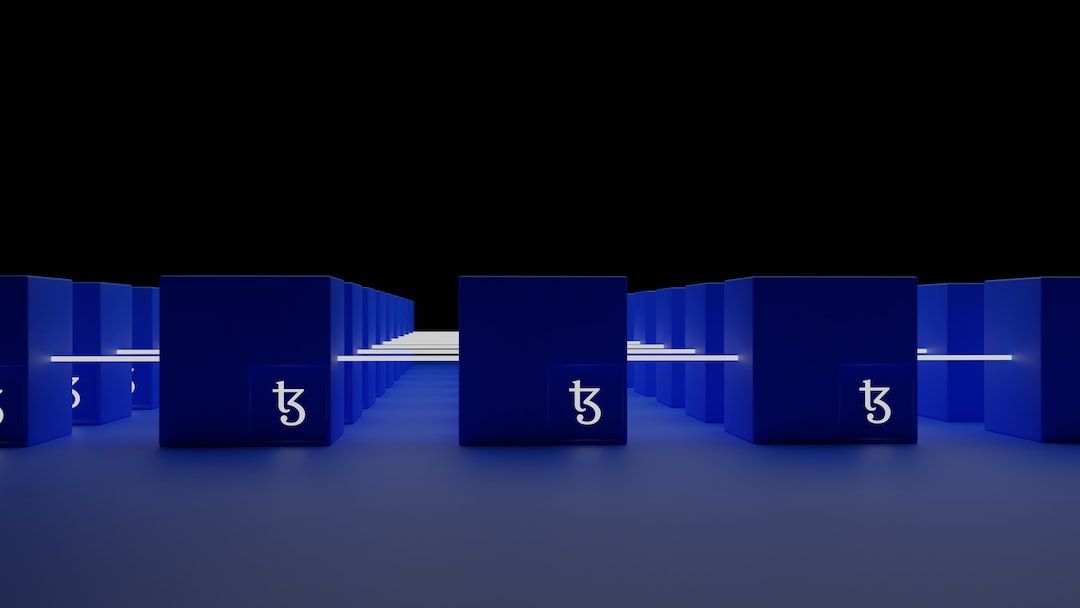Over $20 Million in Stablecoins at Risk on PulseChain
If you’re involved in the world of cryptocurrencies, you may be interested to know that over $20 million worth of USDT and USDC stablecoins on PulseChain are currently at risk. These stablecoins, issued by Tether and Circle respectively, face potential blockades by their issuers. In this article, we’ll explore the risks associated with these tokens and what it means for users.
PulseChain: A Promising Blockchain Platform
PulseChain has gained attention as an innovative blockchain platform that allows users to bridge assets from other blockchains. This includes USDT and USDC, two important stablecoins in the crypto space. While this integration offers exciting opportunities, it also introduces a critical issue: the potential freezing of these tokens by their respective issuers.
The Authority of Tether and Circle
Tether, the issuer of USDT, has faced criticism in the past for its lack of transparency and centralized nature. This raises concerns about the autonomy of activities on PulseChain. Similarly, USDC is issued by Circle, which operates under the authority of its issuer. Although Circle has presented itself as more regulated and transparent, actions taken by regulators could impact USDC holders on PulseChain.
The Risk of Freezing Tokens
Both Tether and Circle have the power to freeze their tokens under certain circumstances. When these tokens are linked to PulseChain, any legal or regulatory action against the issuers could result in the freezing of these tokens. This challenges the decentralization aspect of cryptocurrencies. To mitigate these risks, users should consider diversifying their holdings and exploring decentralized alternatives such as DAI.
Diversification and Safeguards
To reduce exposure to centralized assets, PulseChain users should diversify their holdings and consider using decentralized stablecoins like DAI. Decentralized exchanges and liquidity pools also provide alternatives and safeguards for users. By staying vigilant and informed, users can navigate the risks and opportunities in the evolving landscape of blockchain and digital assets.
Hot Take: The Delicate Balance Between Centralization and Decentralization
The situation with over $20 million of USDT and USDC on PulseChain highlights the delicate balance between traditional finance and decentralization. While freezing tokens may be necessary for regulatory compliance, it challenges the essence of autonomy in the cryptocurrency world. Users must prioritize risk mitigation by diversifying their holdings and understanding the assets they hold. As the crypto space continues to evolve, adaptability and preparation are key to navigating its ever-changing landscape.
Leo Nomist emerges as a maestro harmonizing the roles of crypto analyst, tenacious researcher, and editorial virtuoso, creating an unparalleled symphony of insight. Amidst the intricate world of digital currencies, Leo’s perspectives resonate like finely tuned chords, capturing the attention of curious minds from diverse horizons. His talent for deciphering complex threads of crypto intricacies blends seamlessly with his editorial finesse, translating intricacy into a captivating composition of understanding.

